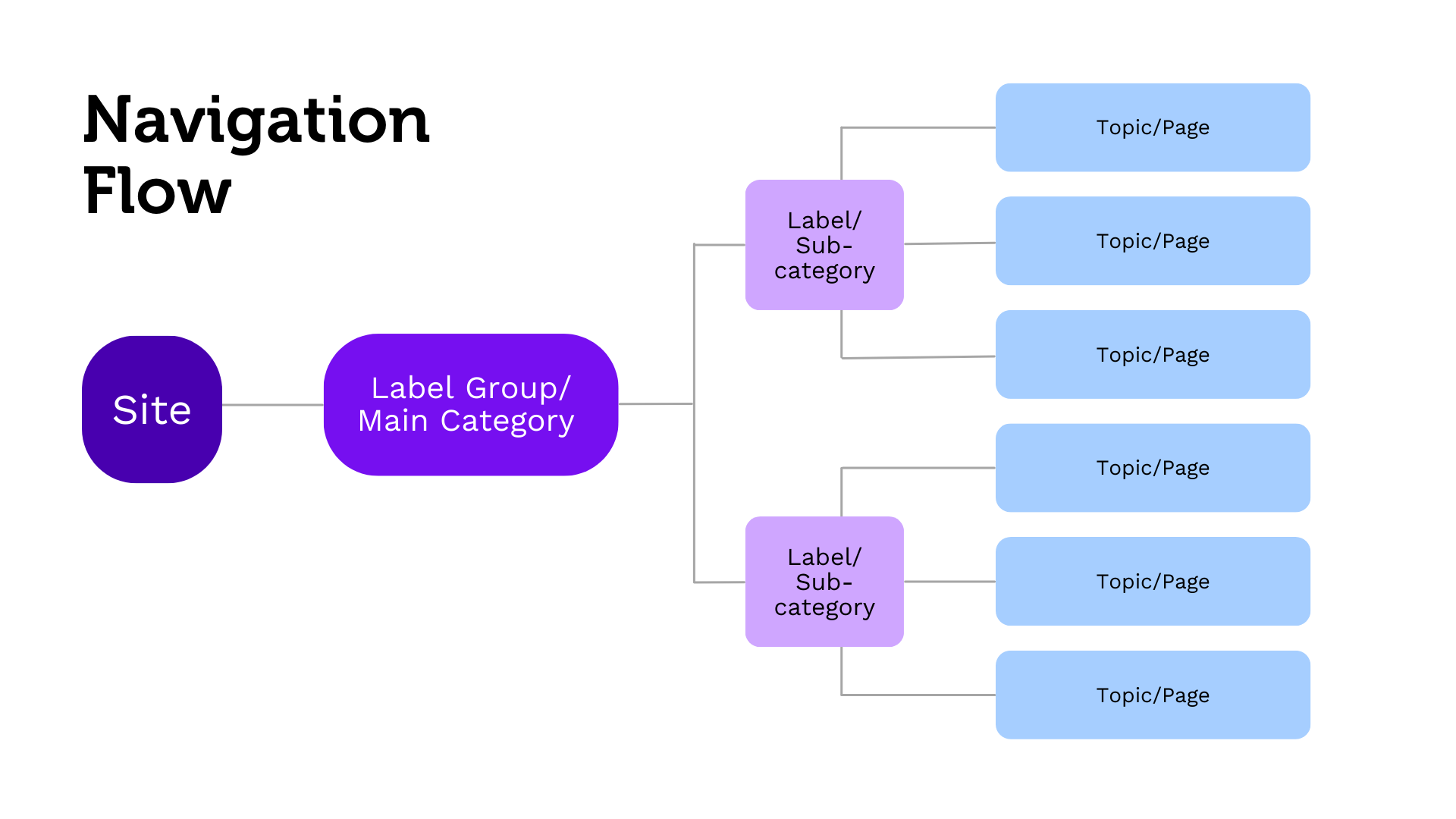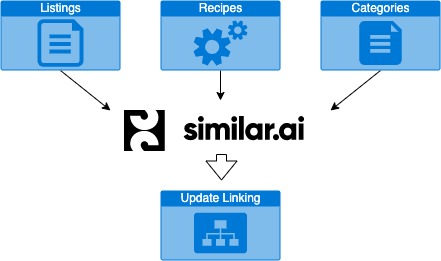
March 8, 2022
How to find your money pages and increase conversions?
Which pages should you optimize in SEO?
What do you call the few pages that have demand, relevant products, unique content matching intent & great user experiences, i.e. the pages that deserve to rank?

I asked this question on Twitter and was surprised to find that it’s a common problem. Product-led SEO is full of the words to use for problems. They include topic cannibalisation, low-demand pages, low-relevance pages, duplicate content, lack of non-template content, navigational intent. But there are less name for the pages with unique answers to sought-after searches?
Perhaps that’s because there are relatively few of these pages on a very large site. Our friends over at Botify have done research on site with more than 10 million pages. They found that less than 10% of those pages are active. 90% of the pages are wasted. This is ‘just’ traffic. Often it’s only 1% of pages which are doing the heavy lifting to deliver organic revenue.
This was a great answer from @darth_na on what to call these pages. If they are
- Working i.e. ranking+traffic+converting: Top Performers
- High value/high converters: Money pages
- Examples of what should be: Ideals
- What we want to rank/earn from: Primaries
The favourite answer from everyone who responded was ‘money pages’. But it’s also misleading in its own way. These aren’t simply the top performers or the high converting pages that deliver revenue today. They are the pages that deserve to deliver revenue. That means they:
- Answer a topic for which there is strong transactional demand
- With relevant unique listings available
- Giving the user a great experience
- with content that resonates and intuitive navigation.
Pages which deliver great user experiences are actually the bedrock of money pages.
How to find the money pages for your site and increase conversions
To find out the money pages for your site, you can create a simple no-code recipe in our Pages view. First up, you should select pages which aren’t duplicates. You only want the canonical page for a topic. And you should skip pages which target to little demand or new pages. You can use the following rule to select these pages.

Next, it’s worth excluding pages which target either informational topics or navigational topics.

For a category-level topic, it’s useful to have a few listings from which to choose. We’ll set the listing minimum at 10 here and also add a listing relevance minimum. Listing relevance measures how well the listings on the page match the ways user intuitively search on search engines. We use the canonical keyword for the topic that this page answers to do this.

Lastly, it’s useful to choose pages which still have strong demand.

Instead of total demand, we could also choose traffic opportunity, or pages where there is additional incremental organic traffic available. There is a big overlap. High opportunity pages could be longer tail pages which have poor visibility today. They could also be bigger demand pages which are doing well, but could still do better.
You can save this recipe so that you or your team can easily use this in the future.

How can I explore how money pages are performing?
Once you’ve created a recipe, you can see a summary of key metrics across the whole segment. For instance: the average demand pages target or the total traffic opportunity for the segment in the summary table. I like to use this as quick feedback to tweak the recipe rules if needed.
You can scroll down in the Page view to explore the actual pages. Remember that you can easily tweak the metrics that are shown for a page with the Manage columns dropdown:

I like to check both ranking keywords and the other topic keywords for which a page could rank.

I also find it useful to check which SERP features occur for a lot of the pages. Again, you might use this refine the recipe. You can also get a better idea of what search engine users are looking for. It’s interesting to get insights on users who don’t know that they’ll buy from you when they start their search.
How can you optimize money pages?
We see customers using money page segments in a couple of different ways. They may boost internal linking to these pages. Or they may optimise these pages by updating content such as frequently asked questions, or shorter-form content like meta-data. Both of these optimizations can be tested with A/B experimentation.
Focusing internal linking on money pages makes a lot of sense from the user’s point of view. It also makes sense for the site’s. For the user, it means that the site is more intuitive to navigate. For the site, it means that it’s simpler for users to find the pages which are going to generate revenue. Afterwards it’s common to work on cleaning up the remaining cruft of pages. You can remove pages which don’t target demand. You can clean up pages whose user needs are better answered by other pages on the site. And you tidy up pages which don’t have enough relevant listings.
You can add some additional rules to your money page segment to focus on pages which Google isn’t crawling today. You can use a link boosting template to give these pages more inlinks. You can hold back half of these pages as a control group. Then only linking to the other half makes a robust A/B top-of-funnel experiment. Googlebot crawls typically respond well to pages that get an increase in influential inlinks. It’s a great way to accelerate your SEO testing. You don’t need to wait for it to go all the way down the funnel. You see quick results without waiting to render, index, rank, generate traffic and then revenue.

Alternatively, you might choose to do an SEO A/B test at the bottom of the funnel. This lets you focusing on pages which aren’t ranking well enough today. In this way, you can find and optimize ‘missing clicks’.

Internal linking can boost the ranking for these pages. Small increments in position can translate to big improvements in CTR, traffic & revenue.
How to find the money pages on your site
Have you already been doing some internal linking or page optimization experiments with money pages? If so, we’d love to hear from you. We can share some of our most successful recipes and give you an idea of the impact we’re seeing. Or perhaps you haven’t yet experimented with money pages, but would like to run the recipe above on your site? Please reach out and book a time to chat.



